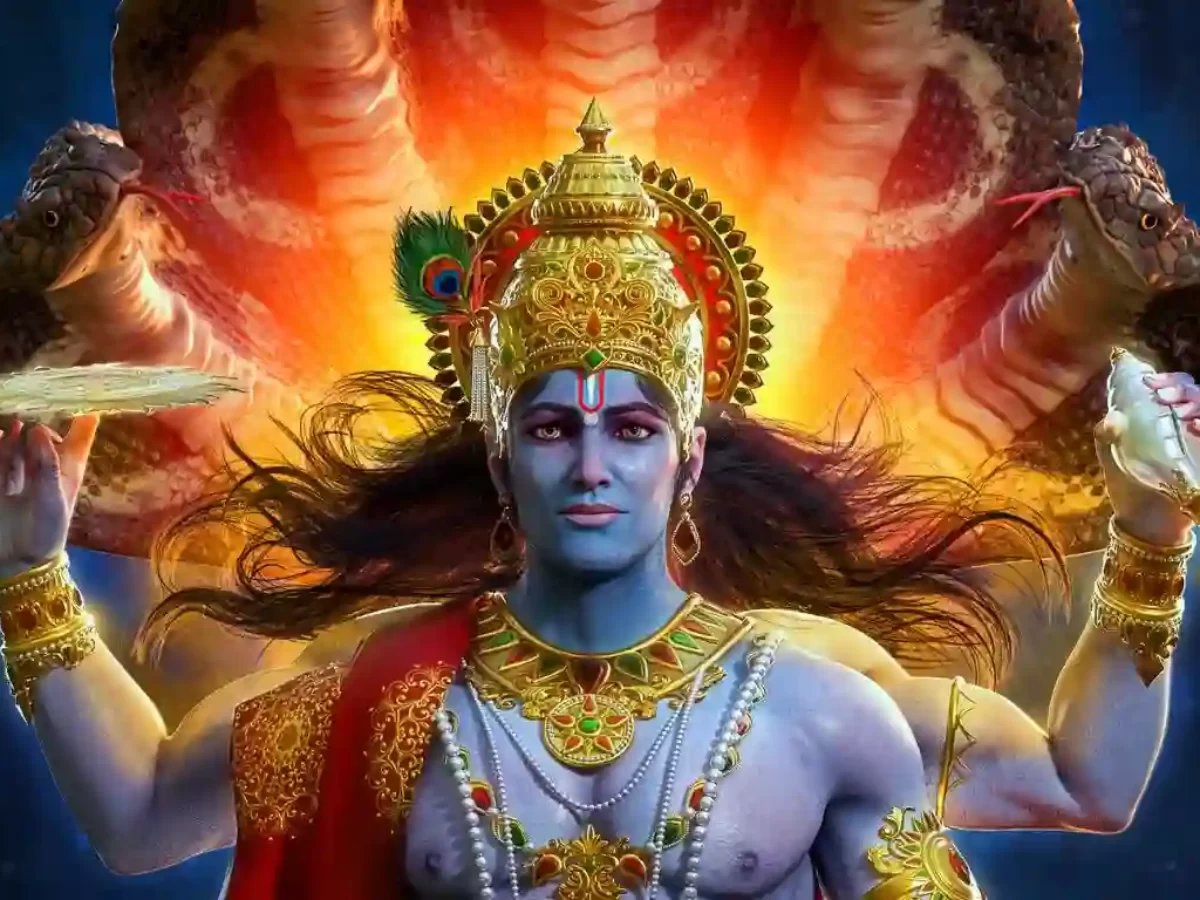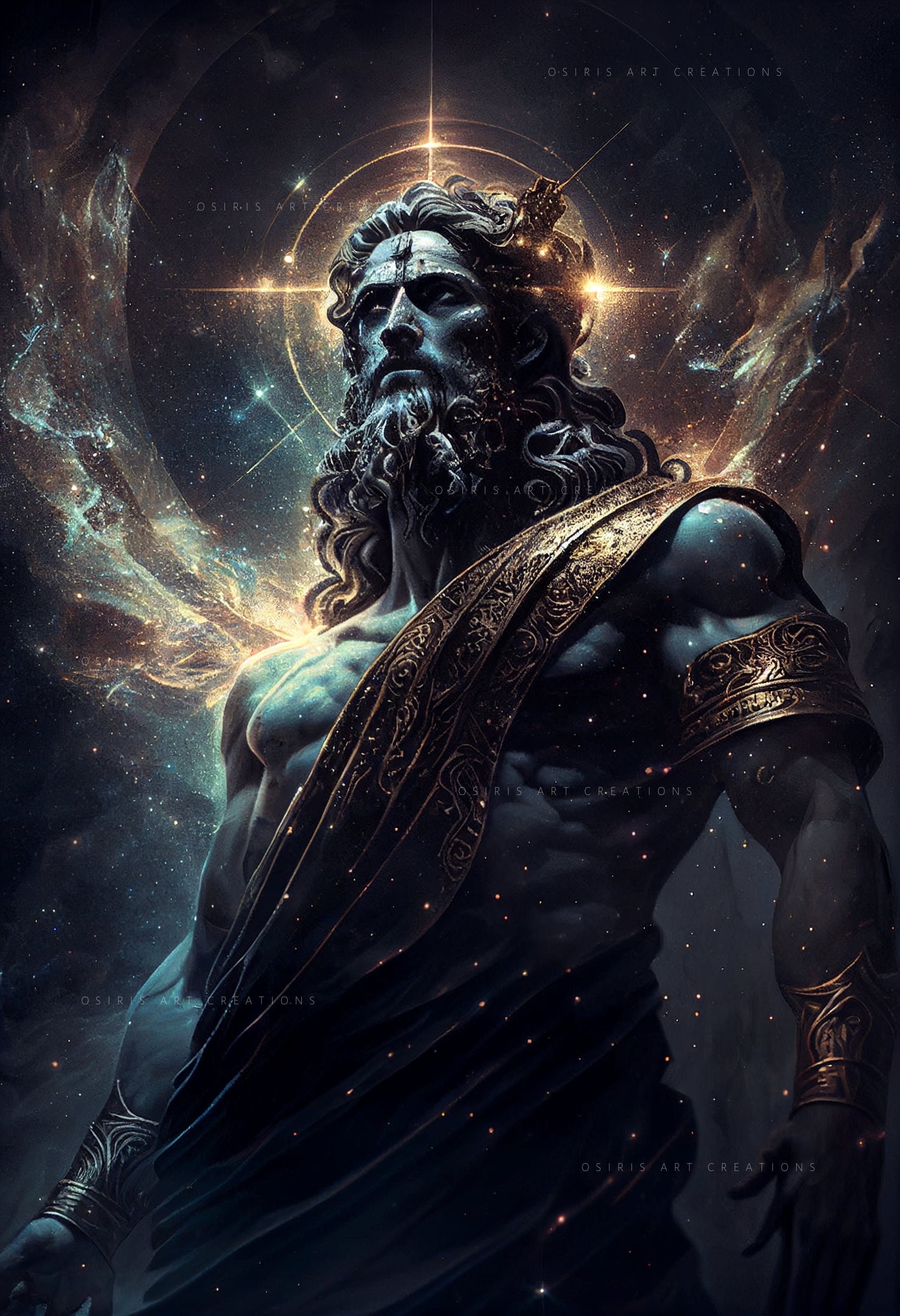The phrase "god of arches twitter" might catch your eye, sparking thoughts about something grand and perhaps a little mysterious. It brings to mind ideas of structure, design, and a powerful presence, maybe even in the vast, interconnected spaces we find online. This curious expression, so it seems, touches upon deep-seated questions about what truly shapes our world and what lies beyond what we can easily see or touch.
People, you know, have always wondered about the big questions. Questions about where everything comes from, what guides the universe, and how we fit into the bigger picture. This phrase, "god of arches twitter," almost feels like a modern way of asking those very old questions, hinting at a force that builds and connects, even in the digital stream.
We're going to take a closer look at what ancient writings suggest about a higher power, and how those timeless ideas might resonate with the curious concept of a "god of arches twitter." It's a way to think about the divine, perhaps, in a context that feels a little more familiar to our everyday online lives.
- Ewan Vance
- Gooch The Roach
- Gypsy Rose Before And After Nose Job
- Mackenzie Anderson
- Ronnie Dunn Walked Off Stage During A Concert In Indianapolis
Table of Contents
- What Does the "God of Arches Twitter" Look Like?
- Where Did the Idea of the "God of Arches Twitter" Come From?
- The Deeds of the "God of Arches Twitter" - Lessons from Ancient Stories
- How Does the "God of Arches Twitter" Relate to People?
- The Core Qualities of the "God of Arches Twitter"
- What About the "God of Arches Twitter" and Numbers?
- The Presence of the "God of Arches Twitter" in Our Daily Lives
What Does the "God of Arches Twitter" Look Like?
When people think about a higher being, a common question pops up: What does this powerful entity actually look like? Do they have a shape, like us, with arms, legs, and eyes? This is a question that, you know, has been asked for ages. The Bible offers some interesting ideas about this, particularly when it talks about the Godhead, which includes both the Father and Jesus Christ.
The old texts, it turns out, give us clues about what this divine presence is like. They describe a being that is, in some respects, beyond our simple physical descriptions. For instance, the concept of the "god of arches twitter" might make us wonder if it's a literal figure we could see in a profile picture, or if it's something far more abstract, a guiding principle behind all the connections and structures we see, both in the physical world and, like your, online.
It's not about a simple picture, apparently. The idea of God, as presented in ancient writings, points to a being that isn't confined to a human body. So, when we consider the "god of arches twitter," we might think less about a face and more about the underlying design, the very framework that holds things together, even the conversations and connections that happen online. It's a way of thinking about presence without needing a physical form.
Where Did the Idea of the "God of Arches Twitter" Come From?
A really big question that often comes up about any supreme being is its origin. Did this being, this "god of arches twitter," just appear? Was it brought into existence by something else? This is a pretty fundamental thought, you know, because if something created it, then what created that something?
The ancient writings, specifically the Bible, offer a very clear answer to this. There's nothing in those texts that suggests God the Father was created. Nor does it say that He made Jesus in the sense of bringing Him into being. Instead, the implication is that this divine presence has always been, a source without a beginning. This idea shapes how people think about an ultimate power.
So, when we consider the "god of arches twitter," this perspective suggests it's not something that just popped up one day, or was designed by some other force. It represents an eternal source, perhaps the very origin of all structures and connections, the fundamental "arch" from which everything else extends, even the vast network of conversations and ideas found on "twitter." It's a concept of something always present, always the starting point.
The Deeds of the "God of Arches Twitter" - Lessons from Ancient Stories
Throughout history, stories tell of higher powers acting in the world, influencing events in ways that seem beyond human capability. One striking example from the ancient texts involves the ten plagues brought upon Egypt. These were not just random events; they had specific aims. You know, they were meant to show a mighty power at work.
These actions, it seems, served several purposes. They were meant to accomplish certain goals, like freeing a people from oppression and demonstrating a unique authority. The stories also reveal that Egypt, at the time, worshipped many different deities. The accounts tell us which of these Egyptian gods were particularly targeted by the events of the plagues, basically showing a direct challenge to their supposed influence.
If we think about the "god of arches twitter" in this light, it suggests a force capable of dramatic, purposeful action. Perhaps it's a power that can shape the grand structures of society or even influence the flow of information and connection online. These old stories, you see, give us a picture of a being that intervenes, that has reasons for what it does, and that can change the course of things in a very real way.
How Does the "God of Arches Twitter" Relate to People?
A truly powerful being, if you think about it, often has a way of connecting with individuals. The old stories talk about a remarkably close bond between God and a person named Abram. This connection was so deep that the divine being made a promise: to personally bring trouble upon those who might reject Abram or try to cause him harm. It's a rather strong commitment, you know.
This closeness extended to promises of great things. The divine voice declared, "And I will make of you a great nation, and I will bless you." This shows a personal interest, a caring for one person that extends to their future and their descendants. It's not just about grand, sweeping acts, but also about individual relationships and personal well-being.
When we consider the "god of arches twitter," this aspect of personal connection becomes quite interesting. Does this guiding force, this architect of connections, also care about the individual accounts, the single voices within the vast digital network? The ancient narratives suggest that a truly powerful being isn't too big to care about one person, offering a sense of personal protection and favor, even in a world as wide as "twitter."
The Core Qualities of the "God of Arches Twitter"
When we talk about a supreme being, certain qualities always come to mind. One of the most important, as the apostle John points out, is love. He says, "the one who does not love does not know God because God is love." This suggests that love isn't just something God does, but it's what God is at the very core. It also mentions that "the one who fears has not been made perfect in" this quality, meaning love helps us move past fear.
Other old writings describe this being as having no end, being infinite, and having no equal, being incomparable. These are pretty big ideas, aren't they? They mean there's nothing else quite like this being, and its presence or influence has no limits. It's a spirit or a being that people believe created or controls some part of the universe, and because of this, it's often looked up to and honored.
There are, you know, many attributes linked to this divine presence, and they really matter for how people understand the world. This being is said to be before all things, and in this being, all things hold together. If we think about the "god of arches twitter," these qualities suggest an underlying force that is boundless, unique, and acts as the very glue for all the structures, connections, and ideas that exist, even within the constantly flowing information of "twitter."
What About the "God of Arches Twitter" and Numbers?
It might seem a little odd, but numbers sometimes play a surprising role in how ancient texts reveal deeper truths. The "seven spirits of God," for instance, are mentioned just a few times, all in the book of Revelation. John addresses his writings to "the seven churches which are in Asia," and these spirits appear again in later parts of the book, like in Revelation 4:5 and 5:6. It's a recurring pattern, you see.
An important key to making sense of God's word and its overall design comes from paying attention to the meaning of biblical numbers. Their connections and patterns, when we search them out and start to understand them, can really open up new insights into the text. It's like finding a hidden code that helps explain things more clearly.
So, when we consider the "god of arches twitter," this idea of numbers and patterns could suggest a deep order. Perhaps the "arches" themselves, whether physical or digital, follow a kind of divine geometry, a hidden structure that reflects a higher design. The flow of information on "twitter," too it's almost as if it has underlying patterns, maybe even numerical ones, that point to a guiding intelligence behind it all.
The Presence of the "God of Arches Twitter" in Our Daily Lives
People often ask, "Who is God?" This question, many believe, is the most important one to ponder. The Bible, it turns out, helps us figure out who this being is and shows us aspects of its divine nature that we really should know. It describes God as the supreme or ultimate reality, the very essence of what exists.
In English, when the word "God" is capitalized and used as a single proper name, it typically points to the one divine being in religions that believe in only one God. More broadly, it refers to the ultimate power, the creator of all known existence, and the one who rules, sometimes in cooperation with other, lesser powers. This concept, you know, touches upon everything.
The belief that there is a supreme, supernatural being who created, sustains, or rules the universe and everything in it, including people, is a core idea in many belief systems. Those who hold this view, often called theists, believe that this divine being brought into being everything that is and everything that has ever been. So, the "god of arches twitter" could be seen as this kind of pervasive presence, an unseen force that shapes the very structures of our world, even the way we connect and communicate online, influencing every single arch and every single tweet.
This article has explored the concept of "god of arches twitter" by drawing from ancient texts that describe the nature of God. We looked at questions about what a higher power might look like, where such a being could have come from, and the stories of its powerful actions. We also considered how a divine presence might relate to people on a personal level, examined the core qualities attributed to a supreme being, and touched upon the significance of numbers and patterns in understanding divine design. Finally, we reflected on the idea of a pervasive, ultimate reality that influences all existence, including the connections we make in the digital world.
- Ewan Vance
- Blac Chyna Engaged
- Kamala Harris Not Aspiring To Be Humble
- Is Darcey Silva Married
- Diddy Blew Up Car


